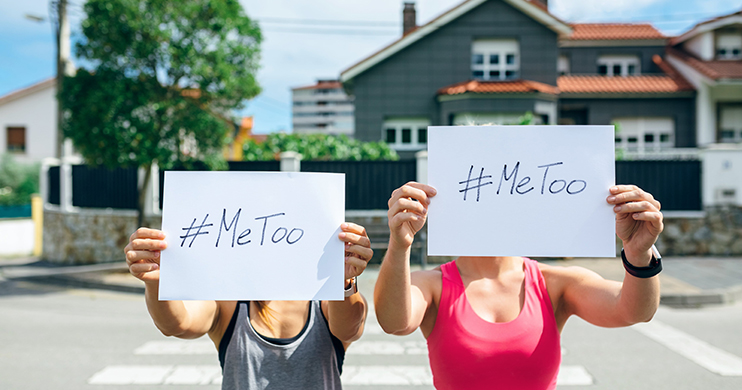Phone: 301-585-1568 (Se Habla Español)
24/Hours - 365/Days

The #Me Too has brought about the sexual discussion within the work place in the forefront. Sexual Harassment stares us in the face from a proximity so intimate that we cannot dismiss it with a simplistic response. This is because our friends, peers and colleagues are the accusers. All that’s clear is that the problem is real, and it is important to understand the legal regime in order to get protection.
Sexual harassment is a form of sex discrimination. Harassment based on sex violates Title VII if it alters the terms and conditions of employment. The EEOC defines sexual harassment as follows:
It is unlawful to harass a person (an applicant or employee) because of that person's sex. Harassment can include 'sexual harassment' or unwelcome sexual advances, requests for sexual favors, and other verbal or physical harassment of a sexual nature. Harassment does not have to be of a sexual nature, however, and can include offensive remarks about a person's sex.
The definition of sexual harassment is vast and open to interpretation, contingent upon the particulars presented. For instance, it's unlawful to subject a woman to offensive remarks about women in general. Notably, both the victim and the harasser can be of any gender, and they may even be of the same sex.
Sexual harassment can be segmented into two primary types. One form comprises explicit sexual undertones directed at an individual or group of employees, while the other involves an employer fostering or permitting an environment saturated with sex-based animosity or indecency. Both variants are unlawful when the behavior reaches a level of severity or pervasiveness that fundamentally alters the terms and conditions of employment, inducing discomfort.
The Equal Employment Opportunity Commission (EEOC) categorizes sexual harassment into two main classifications: quid pro quo and a sexually hostile work environment. The former entails a supervisor soliciting sexual favors in exchange for employment benefits or threats of repercussions. The latter, a sexually hostile work environment, encompasses unwelcome sexual conduct that is pervasive or severe enough to change the employment environment.
A quid pro quo sexual harassment claim necessitates the plaintiff to demonstrate several key elements, including belonging to a protected group and experiencing unwelcome sexual harassment that affects tangible aspects of employment. Conversely, a hostile work environment claim demands proof of unwelcome conduct based on sex that is pervasive or severe enough to create a hostile work environment, with liability potentially imputed to the employer.
Hostile work environments can manifest in various forms, such as supervisors subjecting subordinates to unwanted advances or fostering a workplace permeated with sexual innuendo. To substantiate a claim, the plaintiff must show that the conduct was objectively and subjectively offensive, fundamentally altering the employment conditions and perceived as such by a reasonable person.
For more information on this topic, please contact the authors, KNA PEARL.